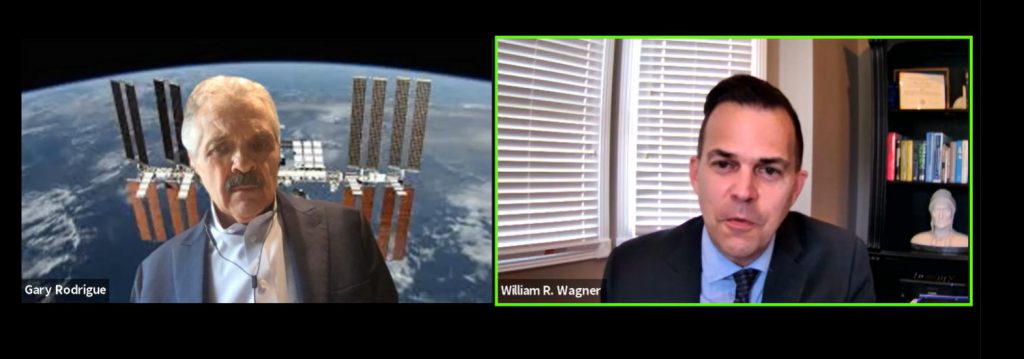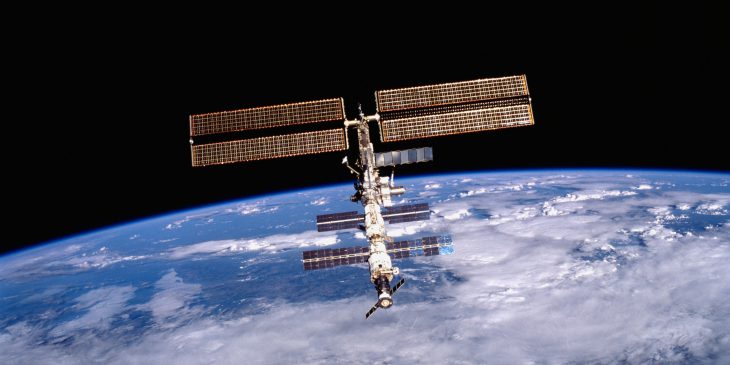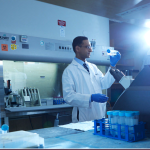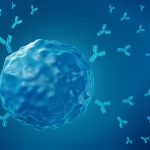About 250 miles above sea level, a unique laboratory circles the planet. Here in low-Earth orbit on the International Space Station (ISS), gravity’s tug is faint enough that objects appear to be weightless. These microgravity conditions cause living things — from people to organs and cells — to function differently than on terra firma. Researchers from UPMC and the University of Pittsburgh aim to use the ISS U.S. National Laboratory (ISSNL) to conduct biomedical research not possible on Earth and advance space-based biomanufacturing.
In recent years, microgravity research has become more accessible through the ISSNL. At the same time, breakthroughs in gene editing, stem cell research and development of mini lab-grown organs have helped advance regenerative medicine, the discipline that focuses on replacing or repairing damaged or diseased body parts. Progress in these two areas means that now is the right moment to consider the future of biomanufacturing in space, according to Dr. William Wagner, director of the University of Pittsburgh’s McGowan Institute for Regenerative Medicine and distinguished professor of surgery, chemical engineering and bioengineering at Pitt.

Dr. William Wagner and Gary Rodrigue discuss the future of biomanufacturing in space.
“We are truly blessed to be at a point in humankind where access to low-Earth orbit and access to microgravity is available,” Wagner said during a “fireside chat” with Gary Rodrigue, director of programs and partnerships at the Center for the Advancement of Science in Space (CASIS), at the 10th annual International Space Station Research and Development Conference. “The question is, how are we going to leverage the unique aspects of this environment?”
To help answer this question, the McGowan Institute and CASIS, the organization that manages the ISSNL, brought together more than 100 experts in regenerative medicine, tissue engineering and aerospace for the Biomanufacturing in Space symposium last year. Originally planned as an in-person event, the symposium pivoted to a series of virtual meetings that took place weekly over several months.
In a review article recently posted to Preprints, symposium attendees identified areas that hold the greatest promise for space-based biomanufacturing for tissue engineering and regenerative medicine.
“It’s an incredible privilege to try to answer the question of what makes sense to do in microgravity,” said Wagner. “It’s a similar feeling to being an explorer on a ship and heading to some uncharted land. I think many people who were on those calls shared that sense of exploration.”
The researchers identified organs-on-a-chip — miniature devices that mimic human organs — as one important subject for future research in space. Because disease-like characteristics develop in these systems under microgravity, insight into disease pathways and development of drugs that block these pathways can be accelerated in low-Earth orbit.
Stem cell research is another area that could be advanced in microgravity, according to the article. Stem cells, which can be turned into any type of cell, have many potential applications for treating diseases, injuries and birth defects. Because these cells behave differently in low gravity, research on the ISS could improve stem cell–based treatments and enhance fundamental understanding of processes such as aging and organ development.
The third target area that the researchers identified is 3D printing of tissues for transplantation and disease modeling. The near absence of gravity on the ISS could enable more consistent deposition of complex molecules and reduce the need for structural support, which have been hurdles in the production of these 3D tissues.
The researchers also outline commercial opportunities and potential business models for developing a sustainable market for space-based biomanufacturing. According to Wagner, these considerations are important for ensuring that new therapies make it to patients.
“We can’t just run experiments; we can’t just publish papers. We have to think about how it is going to get to the patient,” said Wagner. “If we don’t get it to the patient, we always say that we haven’t succeeded in our mission.”
Update, Dec. 30, 2021: This article has now been published in Stem Cell Reports









